Every mountain has a story — not just of its peaks and paths, but of the people who dare to climb it. For one woman, “An Unusual Journey: One Woman’s Remarkable Route to Climbing Everest” became a story of courage, resilience, and self-discovery. Her ascent wasn’t the typical path followed by hundreds of trekkers each year; it was a journey of heart, challenge, and a new perspective on what it means to truly reach the top.
(Inspired by Intrepid Travel’s “Unusual Journey” series — Intrepid Travel
The Decision and the Dream
Climbing Mount Everest is often seen as the ultimate goal for mountaineers — the pinnacle of ambition. But for Mira, a 34-year-old environmental scientist from Kerala, it began not as a dream of conquest, but as a search for meaning. After a personal setback and years of routine, she decided to take a route few women — or climbers in general — had taken before.
Her decision wasn’t about breaking records or making headlines. It was about reconnecting with herself and proving that strength isn’t defined by gender or fame, but by perseverance. The stakes were high — not just the physical risks of Everest, but the emotional weight of the climb itself.
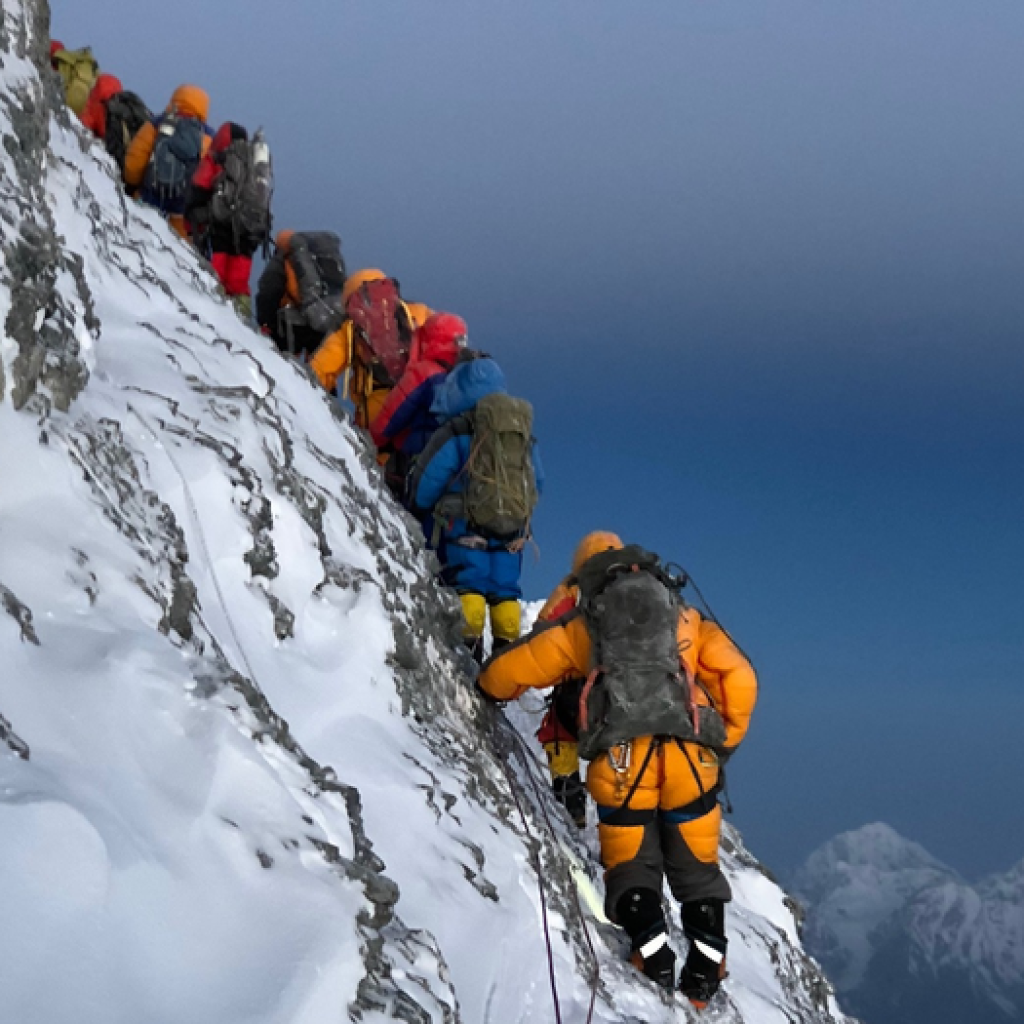
The Route Less Traveled
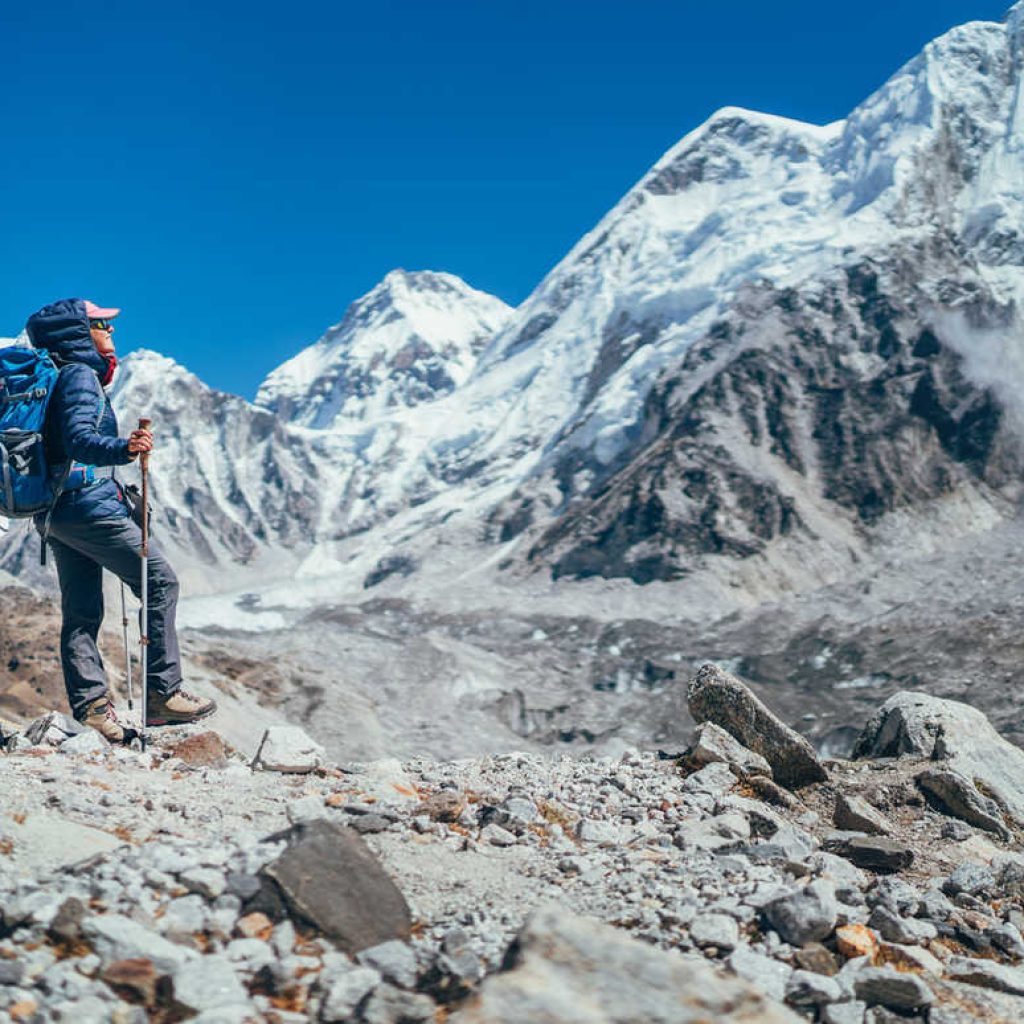
Most climbers follow the South Col route from Nepal — a well-documented path filled with base camps, Sherpa support, and established ladders across icefalls. Mira chose something different: the Tibetan North Route, known for its remoteness, unpredictable weather, and spiritual significance.
This path required crossing the desolate Rongbuk Glacier and navigating ancient monasteries tucked in the shadow of the Himalayas. It was not just a mountain journey — it was a pilgrimage. Along the way, she stayed in small Tibetan guesthouses, often cut off from communication for days. Every detour brought her closer not just to Everest’s summit, but to understanding the delicate balance between human ambition and nature’s power.
(Read more inspiring travel and adventure stories at the Planet Earth Holidays Blog
Facing the Challenges
Every step on Everest tests the limits of endurance. Mira faced everything — altitude sickness, freezing winds, and long stretches of isolation. She often described the air thinning “as if it were asking her to earn each breath.”
At 7,000 meters, frostbite threatened her progress. Logistics became increasingly difficult as storms delayed supply drops and her small team had to make crucial decisions — continue upward or return home. Each day became a test of judgment and courage.
But the hardest challenge wasn’t the altitude — it was the silence. “In that stillness,” she wrote in her journal, “I met every version of myself — the strong, the scared, the stubborn, and the spiritual.”
Her mental toughness became her greatest tool, reminding her that mountains are conquered not just by muscle, but by mindset.
People Along the Path
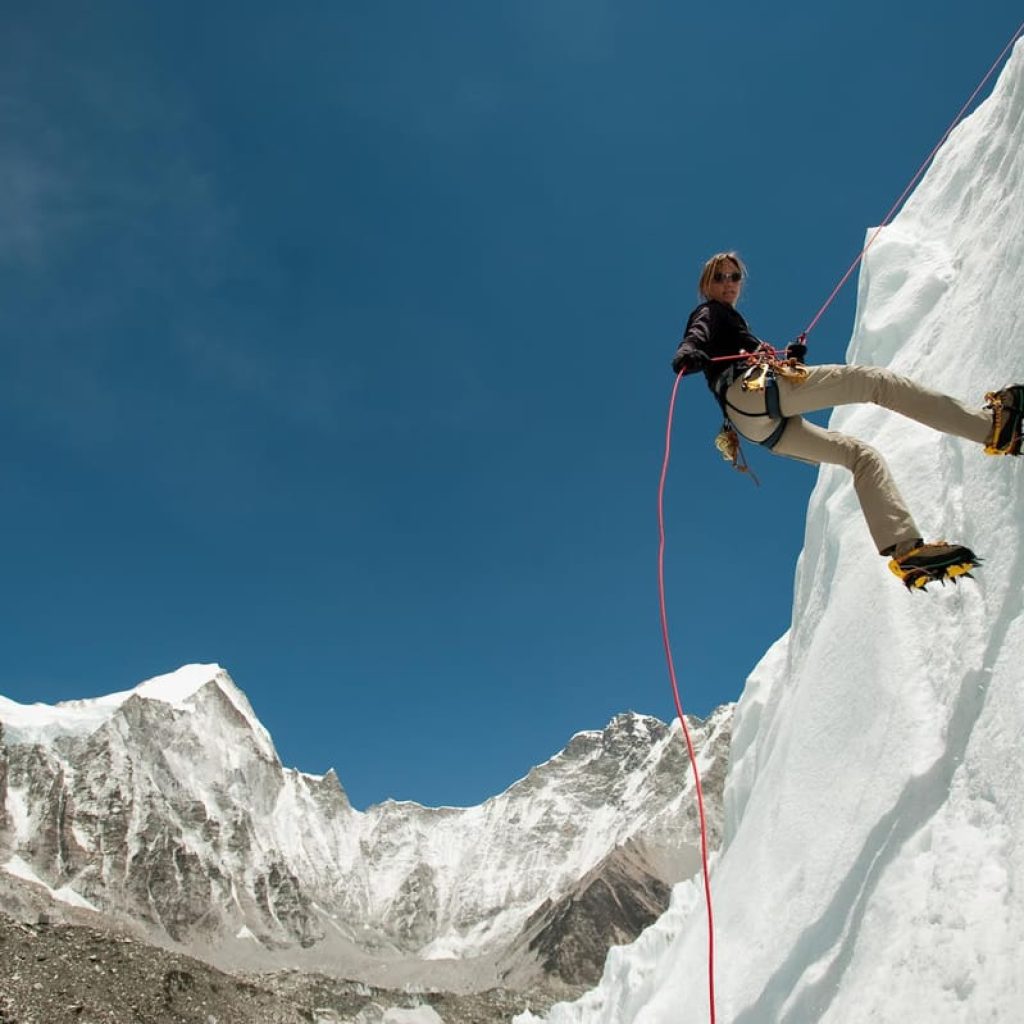
Though she walked through desolate terrain, Mira was never truly alone. Along the way, she met Sherpas, monks, and fellow trekkers — each leaving a mark on her journey.
At the Rongbuk Monastery, an elderly monk tied a red prayer flag to her backpack, blessing her journey. A Sherpa named Tashi shared stories of how the mountain is considered sacred — not to be defeated, but to be respected. In these encounters, Mira discovered that Everest wasn’t a symbol of human triumph but of humility.
Through these people, she understood the mountain’s true meaning: that greatness often lies in the smallest acts of kindness, shared tea, or quiet prayers whispered to the wind.
Advice for Aspiring Climbers
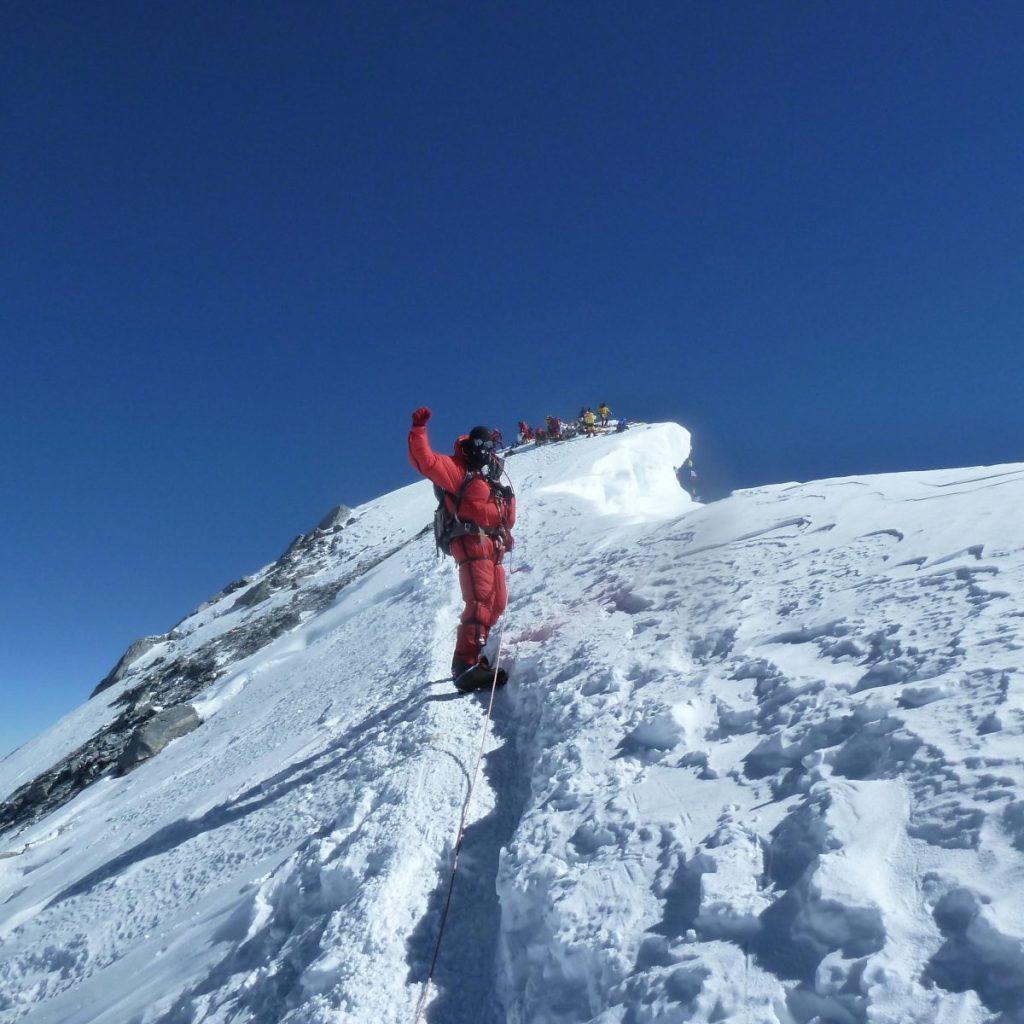
For those dreaming of their own “Unusual Journey” to Everest or any great adventure, Mira’s experience offers valuable lessons:
- Train your mind as much as your body. The summit is only half the battle — mental resilience keeps you moving when your muscles fail.
- Choose your route with purpose. The popular paths are easier, but the lesser-known ones teach you more about yourself.
- Respect the mountain. Prepare responsibly, support local guides, and minimize your impact on fragile ecosystems.
- Travel sustainably. Every climb leaves a footprint — make yours one that inspires, not harms.
Everest isn’t for everyone, but adventure is. Whether it’s scaling a peak or trekking through life’s valleys, courage comes from the same source: the heart.
Beyond the Summit
Mira reached the summit on a clear morning in May, the sun rising over a sea of clouds. But what she carried back down mattered even more than the view.
She learned that life’s greatest victories don’t always happen at the top. They happen in every small step upward — in every moment of doubt overcome by determination. Her unusual journey wasn’t about reaching Everest, but about rediscovering herself.
As she wrote in her journal: “The mountain didn’t change me — it revealed who I already was.”
For more incredible stories of resilience, travel, and transformation, explore the Planet Earth Holidays Blog


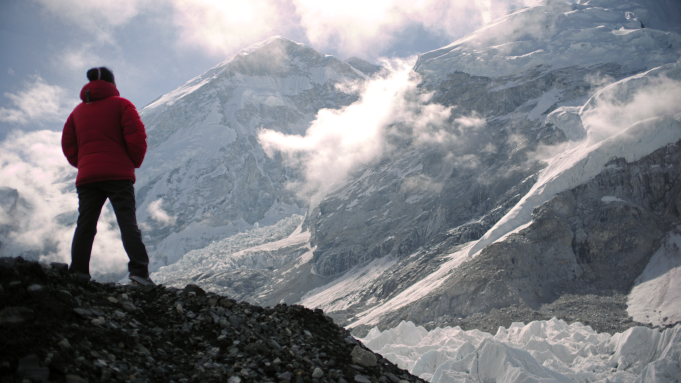
0 Comment